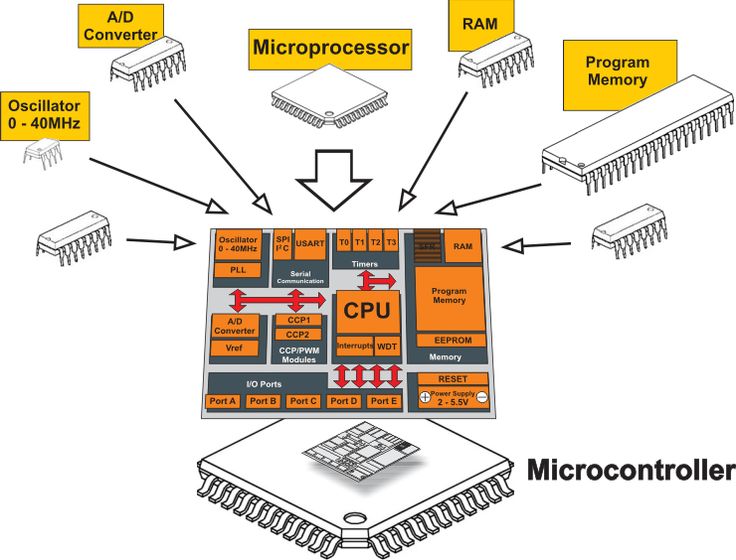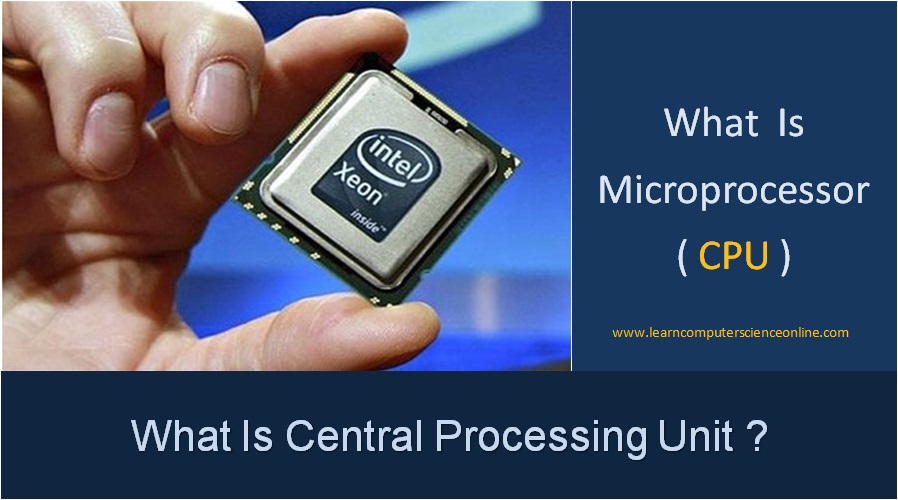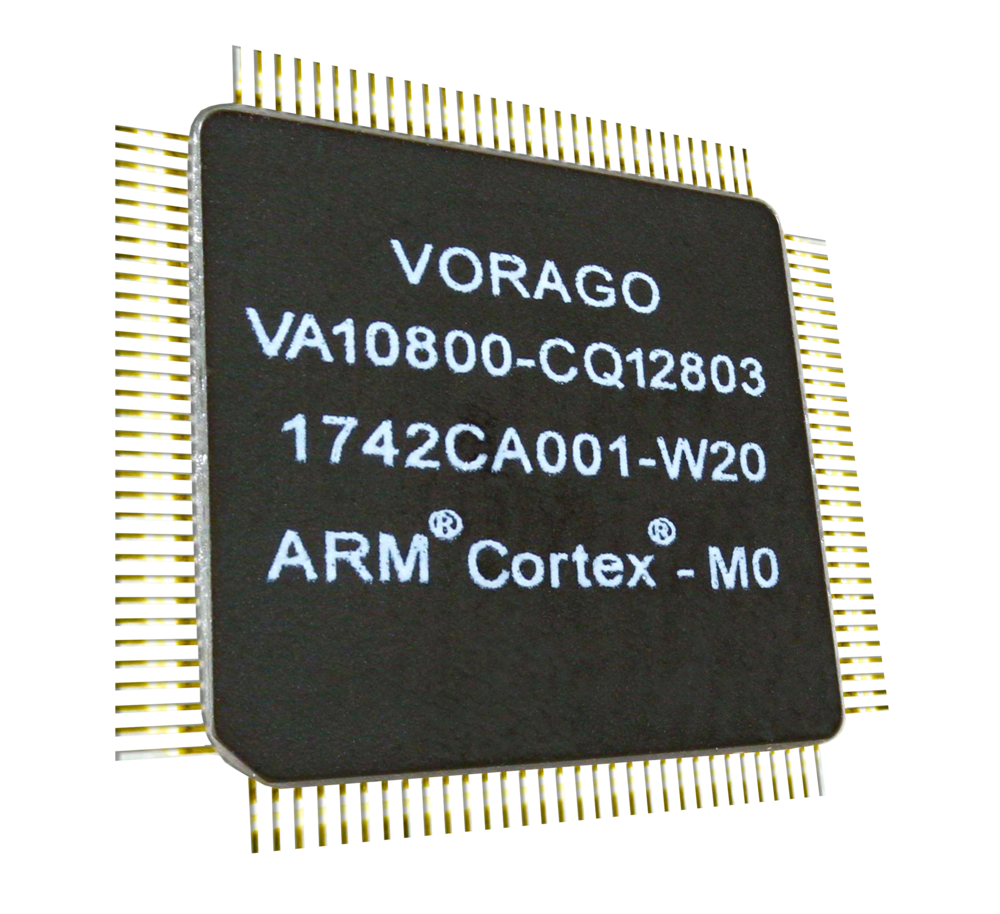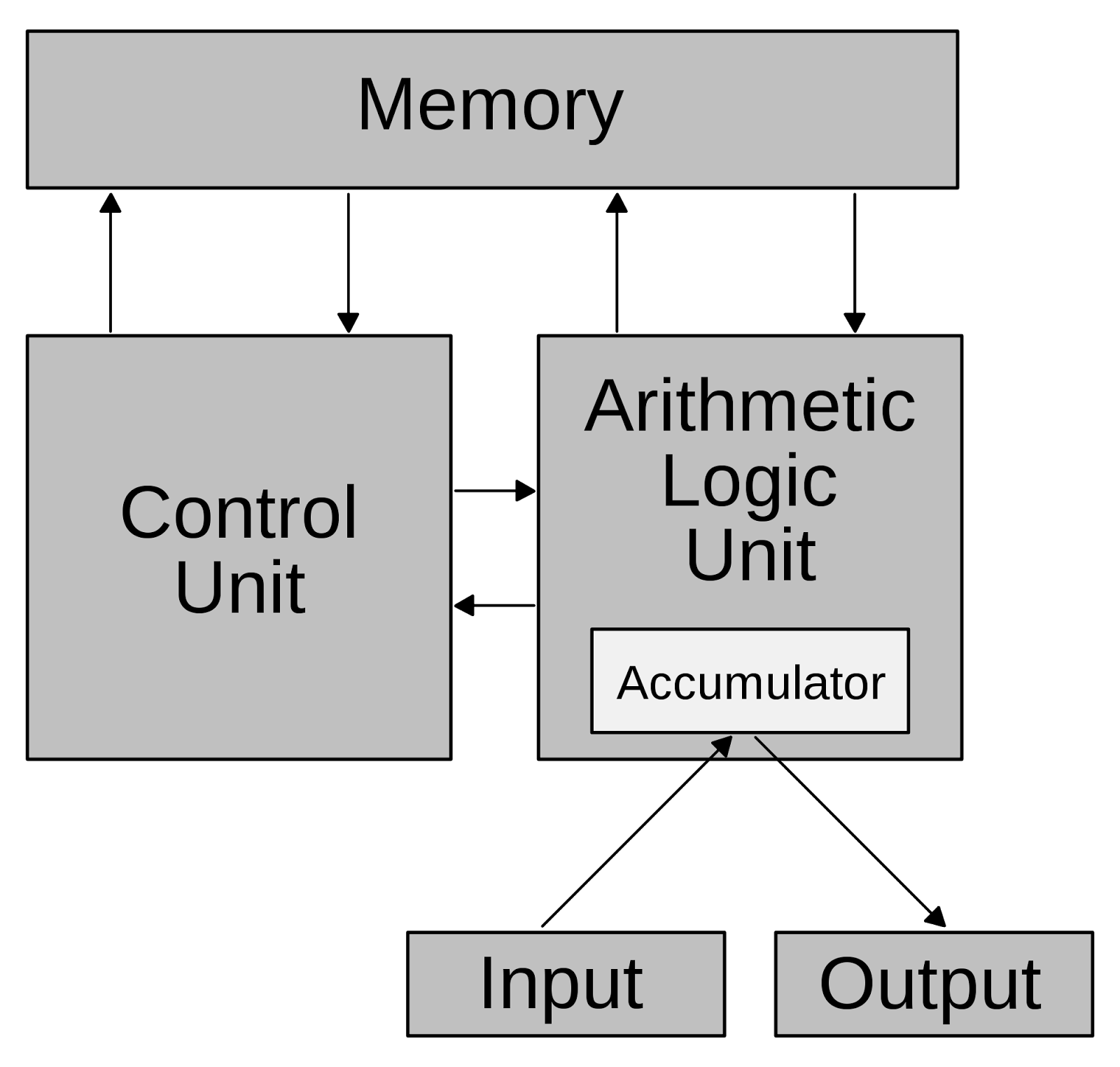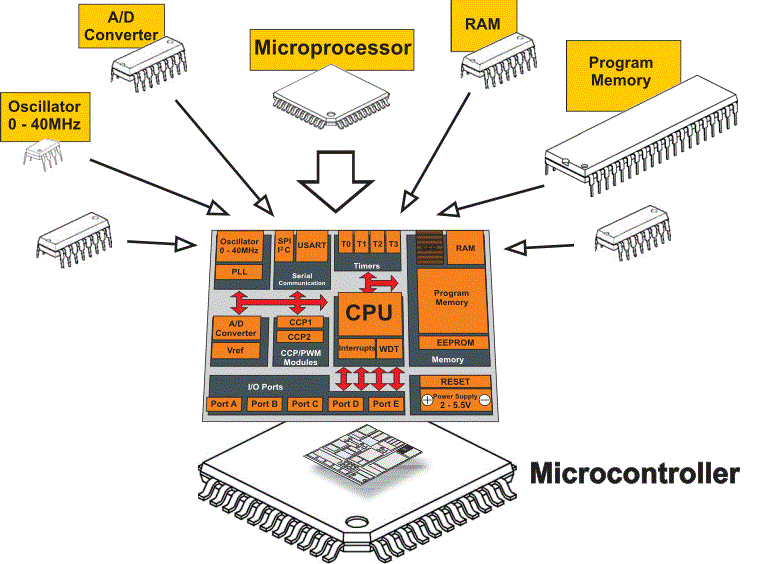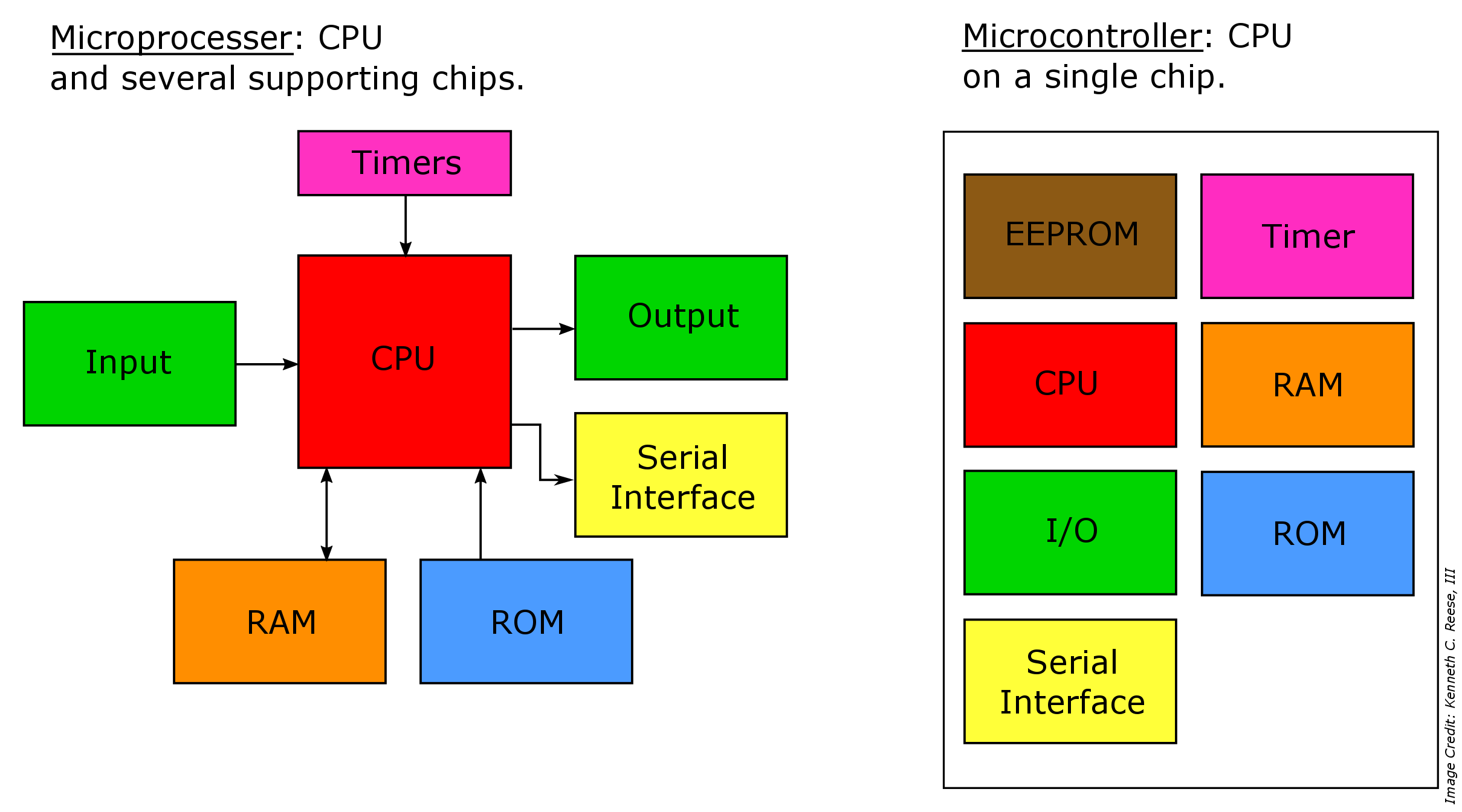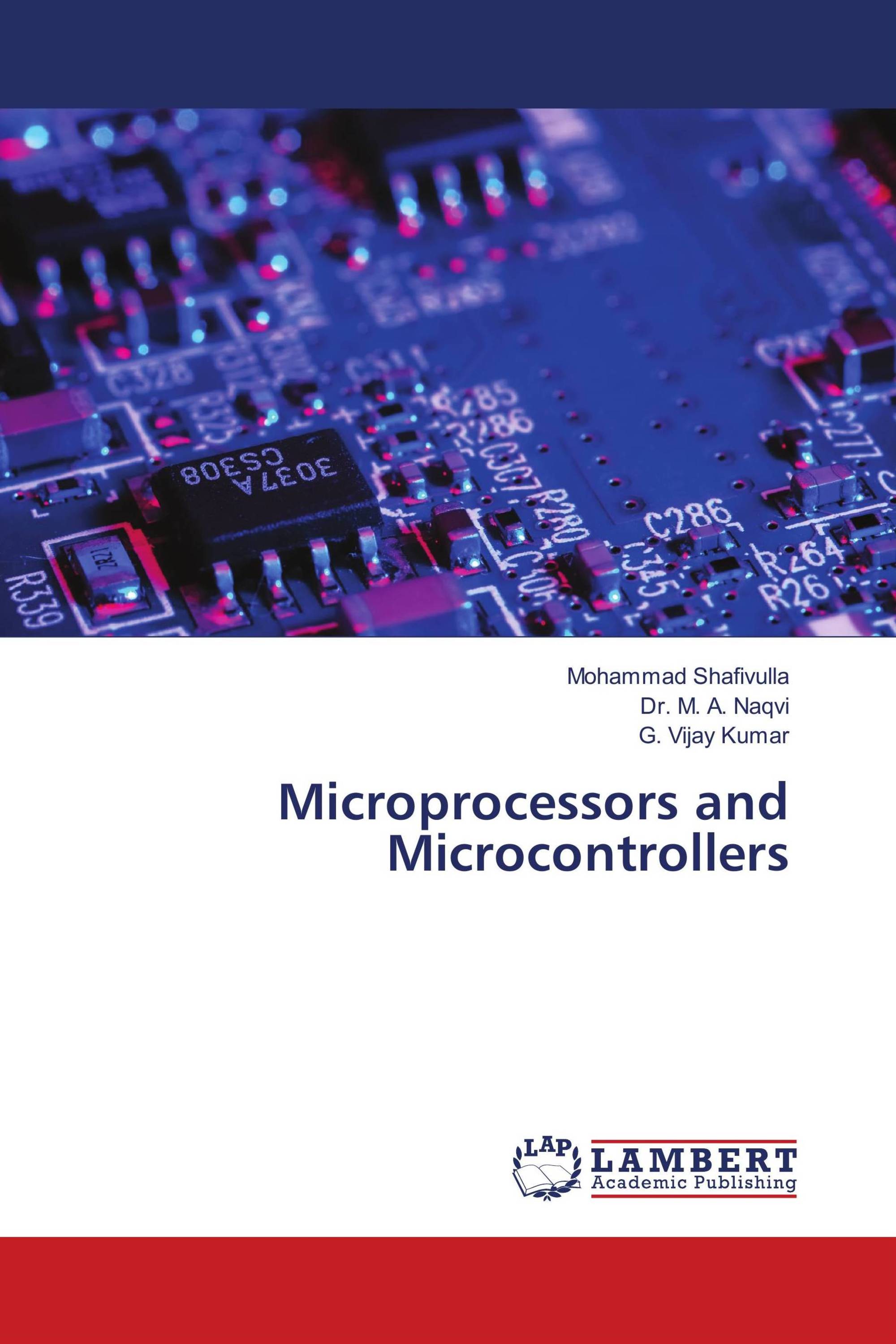What Is Microprocessor And Micro Controller Presentation
| Introduction | ||
|---|---|---|
| Microprocessor and microcontroller are essential components of modern electronic devices. They are both integrated circuits that perform various computational tasks. While they have similarities, they differ in terms of architecture and functionality. | ||
| 1 | ||
| Microprocessor | ||
|---|---|---|
| A microprocessor is a central processing unit (CPU) that executes instructions and performs calculations. It is designed to handle complex tasks and manage the overall operation of a computer system. Microprocessors are commonly found in computers, smartphones, and other high-performance devices. | ||
| 2 | ||
| Microcontroller | ||
|---|---|---|
| A microcontroller is a compact integrated circuit that combines a microprocessor, memory, and input/ output peripherals on a single chip. It is specifically designed to control dedicated tasks and interact with the external environment. Microcontrollers are commonly used in embedded systems, such as home appliances, automotive systems, and industrial machinery. | ||
| 3 | ||
| Architecture | ||
|---|---|---|
| Microprocessors typically have a Von Neumann architecture, where program memory and data memory are separate. Microcontrollers often have a Harvard architecture, where program memory and data memory are separate and can be accessed simultaneously. The architecture of microcontrollers allows for faster and more efficient execution of tasks. | ||
| 4 | ||
| Functionality | ||
|---|---|---|
| Microprocessors are versatile and can perform a wide range of tasks due to their complex instruction set and computational power. Microcontrollers are specialized for specific applications and have built-in peripherals, such as timers, analog-to-digital converters, and communication interfaces. The functionality of microcontrollers makes them ideal for real-time control and low-power applications. | ||
| 5 | ||
| Power Consumption | ||
|---|---|---|
| Microprocessors consume more power due to their higher clock speeds and complex circuitry. Microcontrollers are designed to operate in low-power environments, consuming minimal power during idle or sleep modes. The power consumption of microcontrollers is critical for battery-powered devices and energy-efficient systems. | ||
| 6 | ||
| Development and Programming | ||
|---|---|---|
| Developing applications for microprocessors requires a high-level programming language and a compiler or assembler. Microcontrollers are programmed using low-level languages, such as C or assembly language, and specific development tools. Development for microcontrollers often includes tasks like configuring I/ O pins, handling interrupts, and optimizing code size. | ||
| 7 | ||
| Cost | ||
|---|---|---|
| Microprocessors tend to be more expensive due to their higher complexity and broader range of capabilities. Microcontrollers are generally more cost-effective, as they are designed for specific applications and have integrated peripherals. The cost difference between microprocessors and microcontrollers is an important consideration for mass-produced devices. | ||
| 8 | ||
| Applications | ||
|---|---|---|
| Microprocessors are used in various applications, including computers, servers, gaming consoles, and high-performance devices. Microcontrollers are widely used in embedded systems, such as home automation, robotics, medical devices, and automotive electronics. Both microprocessors and microcontrollers play a crucial role in the advancement of technology across different industries. | ||
| 9 | ||
| Conclusion | ||
|---|---|---|
| Microprocessors and microcontrollers are essential components of modern electronic devices. While microprocessors are versatile and powerful, microcontrollers offer specialized functionality and low-power operation. Understanding the differences between microprocessors and microcontrollers allows for informed decisions in selecting the right component for a specific application. | ||
| 10 | ||
